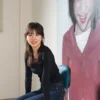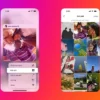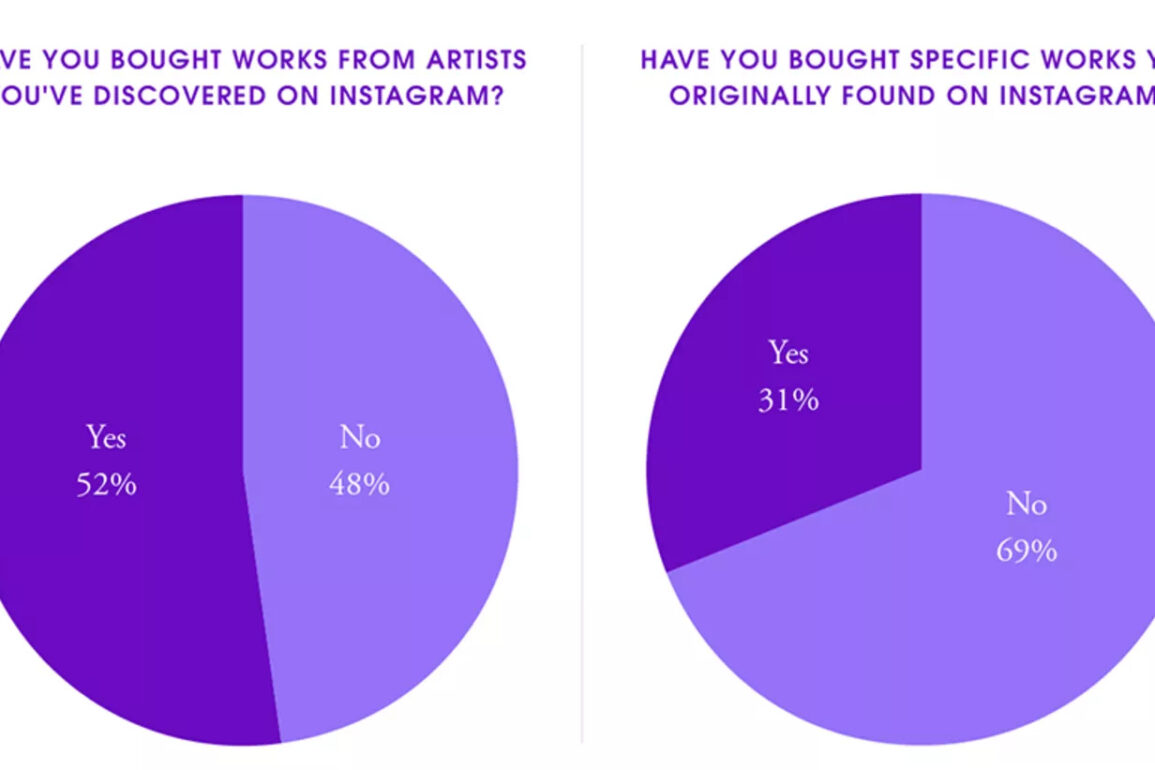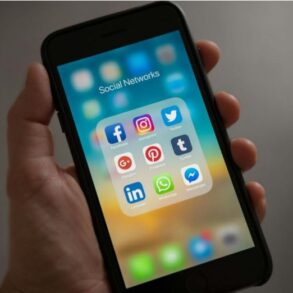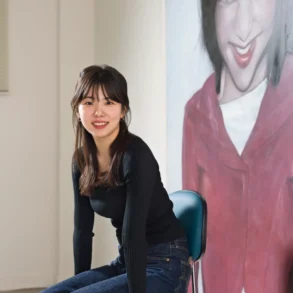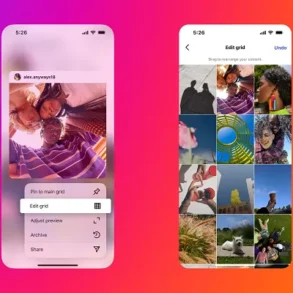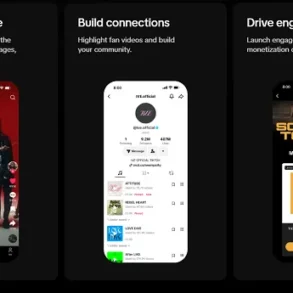A summary of Science of Art posts from 2023
I sent out this email a year ago. Since then, I have spent many more hours researching successful artists and will do round 2 of this post with my new findings.
I would add that Instagram’s popularity with artists seems to be declining. Being constantly required to create content to feed the algorithm seems to be taking a toll on artists. As artists look for other platforms, in-person networking seems to rise. Other than my disclaimer about Instagram, many other things I mention in this post still stand.
In this post, I also mention artists Robert Nava, Helen Downie, Mauro C. Martinez, and Shantell Martin, whom I have covered in earlier posts.
This post is lightly edited for grammar etc. Here goes!
I have dedicated over 200 hours to reviewing artist interviews, social media feeds, videos, bios, and gallery websites in recent months. Identifiable patterns have emerged that differentiate successful artists from others. Instead of featuring a new artist, this update will share insights from my research on the past few artists.
It’s important to note that these observations represent broad patterns, serving as guiding principles rather than a one-size-fits-all playbook. Each artist has a unique career path, and these patterns are meant to help you navigate in the right direction without veering off course.
Artists define success in various ways. In the context of this article, ‘success’ refers to the ability to make a living from art while maintaining sustained visibility at the local, national, or international levels.
1. Instagram
According to a survey conducted by Artsy, 51.5% of surveyed collectors had purchased work from artists they originally discovered on Instagram.
Instagram has proven instrumental for visual artists like Mauro Martinez, Helen Downie, and Robert Nava, all painters discovered through the platform. While various factors contributed to their success, Instagram played a pivotal role, particularly for Downie and Martinez, who lack formal art degrees.
In the past, art critics wielded substantial influence in the art world, but social media, notably Instagram, has emerged as a transformative force, expanding the horizons of artistic visibility.
Collectors, brands, and galleries use Instagram to discover artists for art purchases, collaborations, or representation. Thus, the platform has shifted the dynamics of the art world, diminishing the traditional influence of critics and providing artists with unprecedented opportunities for exposure and recognition.
According to a survey conducted by Artsy1, 51.5% of surveyed collectors had purchased work from artists they originally discovered on Instagram. 87% of collectors surveyed checked Instagram more than twice daily, and 55% opened it 5 or more times daily. (this study is from 2015, so things could have changed)
I default to Instagram since it is the most preferred social media platform for art-related pursuits. According to a study about ‘Art in the Age of Social Media’,2 the common feature of the most liked and commented artwork was in-depth interaction with followers by asking questions and sharing personal lives by fostering a sense of friendship. This makes the audience believe they participate in the artist’s life and creative process3. The top 10 most liked posts in the above study included tutorials, illustrations, glimpses into the artist’s life, and interesting comics.
Photos with faces attract more likes and comments on Instagram. Faces are powerful in nonverbal communication, giving us important clues about attraction, emotions, identity, age, humor, and even a person’s background.
It is wonderful to see Helen Downie’s Instagram posts. Her captions exude warmth akin to that of an old friend or a favorite aunt. Downie is empathetic and inspiring. It is easy for others to relate to her. Here is a caption from one of her posts that resonated with me.
(Creators) block resides in ego and it whispers “you’ll never be good enough” it’s painful! So the last few days I practiced what I sometimes preach, I reminded myself that I’m making this for me, I have no choice because when I’m not painting I don’t feel alive, even music sounds dull. Last night I dreamt I was painting and I’m back through that door
The changing algorithms of Instagram are always a struggle, but certain strategies can help4:
-
User agency is achieved through setting goals and self-reflection.
-
A reliable routine in the face of unpredictability.
-
Peer support (talking with other artists using Instagram and understanding how they ride out uncertainty)
-
Hypothesizing why a certain post may perform poorly and doing AB testing.
If it weren’t for social media, artists like Helen Downie and Mauro Martinez would never reach their potential. Downie was discovered online by Nick Knight and later by Alessandro Michelle, creative director at Gucci. Martinez was picked up by Unit London, a successful hip art gallery in London.
Social Structures
A study titled ‘Fame as an Illusion of Creativity’ discusses the role of social structures in the success of artists. The study suggests that success and fame are not just about being creative but about who you know and how diverse your connections are. A broad social network can shape how people perceive your creativity and make you more likely to become famous and successful.
Maurizio Cattelan is a quintessential example of this phenomenon. His outgoing, prankster, and charismatic personality drew the attention of prominent figures in the art world, including gallerists, collectors, and curators. Cattelan’s provocative art required influential advocates, and his diverse and cosmopolitan identity, which defied traditional norms, played a crucial role in shaping how critics, dealers, patrons, and fellow artists perceived him and his work.
Although two artists may have the same creativity levels, the compositional diversity of their social networks can define their success and fame levels.
The above study gives examples of Suzanne Duchamp and Vanessa Bells’ success as artists. Even with a recognizable last name, Bells was far more successful than Duchamp because of her expansive social world that included the Bloomsbury group, London Group, and connections outside England, such as Gertrude Stein and associations with Les Ballet Russes. Duchamp’s social circle was limited to Dada artists, and her closest connections were her brother and a family friend. The diversity of social networks, rather than individual creativity alone, significantly influenced their levels of fame.
Persistence
Several studies have found that persistence and creative output are directly related. One study of classical composers found that a composer’s likelihood of producing a high-quality composition was directly proportional to the total number of compositions that person had produced in the past.
Shantell Martin’s journey is a clear example of resilience and self-driven success. After graduating from Central Saint Martins, a prestigious London art and design school, in the early 2000s, Martin consistently showcased her work. From the beginning, she documented her performances and creations on Flickr. After spending five years in Japan, she moved to New York City, where she couch-surfed and organized shows in Williamsburg. Her unique talent caught a curator’s eye at the Museum of Modern Art (MoMA). Martin continued to create opportunities for herself, remaining true to her aesthetic and style. She works independently or collaborates with brands and is committed to ongoing artistic development.
This also applies to Maurizio Cattelan and Mauro Martinez. Martinez consistently honed his artistic style and posted on Facebook and Instagram, engaging with his audience for about 10 years before Unit London spotted him. His paintings now sell for thousands of dollars.
Cattelan is one of the most prolific artists of our time. To say the least, some of his best work came after his so-called retirement. Even a self-imposed retirement couldn’t get him to stop producing work.
The dual pathway to creativity model proposes two main pathways to achieve creative performance.5One of these pathways involves persistence combined with a flexible cognitive processing style. In other words, individuals who exhibit creativity often do so by persistently working on their ideas or projects while maintaining a cognitive approach that allows them to adapt and think flexibly. This model suggests that a combination of tenacity and cognitive flexibility is key to fostering creative accomplishments. Artists like Shantell Martin, Maurizio Cattelan, and Mauro Martinez exemplify this pathway to creative excellence and success.
Summary
There are many ingredients to a successful art career, but some are more important than others. Creativity and a distinct style alone don’t guarantee success.
It’s important to note that Persistence, Social Media, and Social Structures are not mutually exclusive; they amplify each other. An artist who combines persistence with a robust social structure is likely to succeed more than someone who is only persistent, even if they possess equal talent. The relationship between these elements can significantly contribute to an artist’s advancement in their career. Here they are again :
-
Instagram has become a key avenue for artists’ discovery, particularly for those without formal art degrees, as seen in the cases of Downie and Martinez. Social media has replaced traditional art world gatekeepers, with collectors, brands, and galleries actively using Instagram to discover and engage with artists.
-
Achieving fame and success is not solely dependent on creativity but is also influenced by the breadth and diversity of one’s social connections. These include other artists, collectors, gallerists, designers, and creatives from all walks of life.
-
The dual pathway model emphasizes the importance of persistence and cognitive flexibility, traits evident in these artists, in achieving creative excellence and success. It is important to be persistent but also adaptable.
Reflecting on these artists’ experiences can offer valuable insights and inspiration for the upcoming year. If you have any questions, please reply to this email or comment below.
Happy Valentine’s Day!
This post was originally published on this site be sure to check out more of their content


